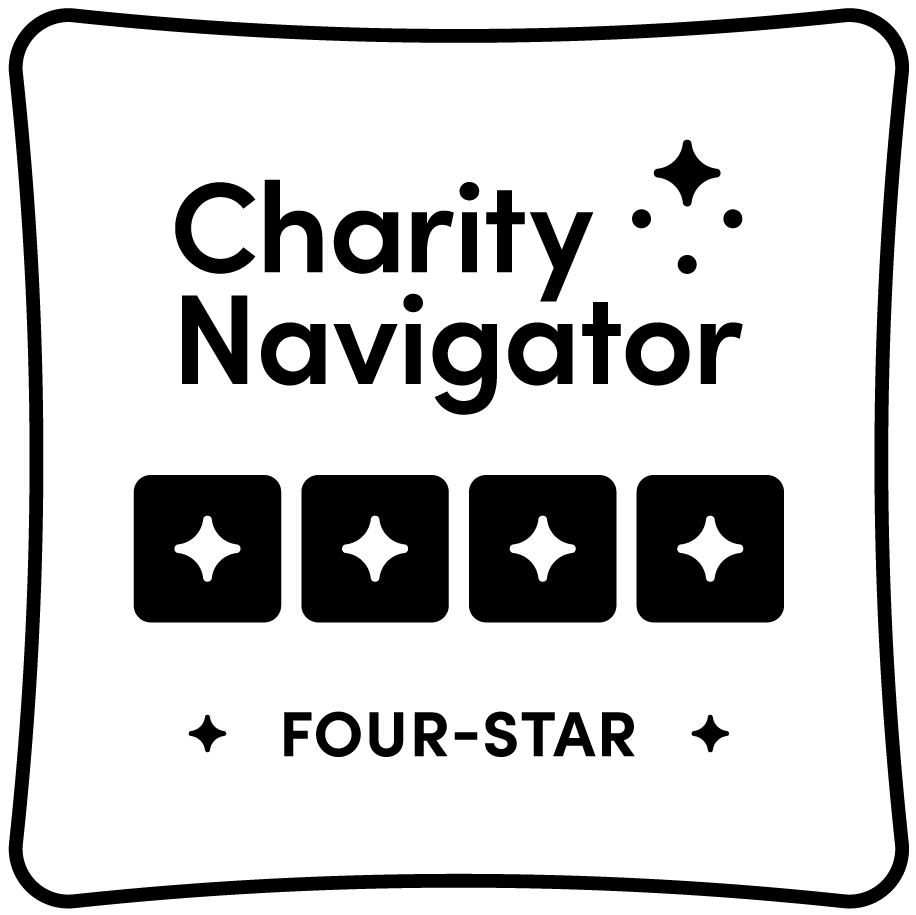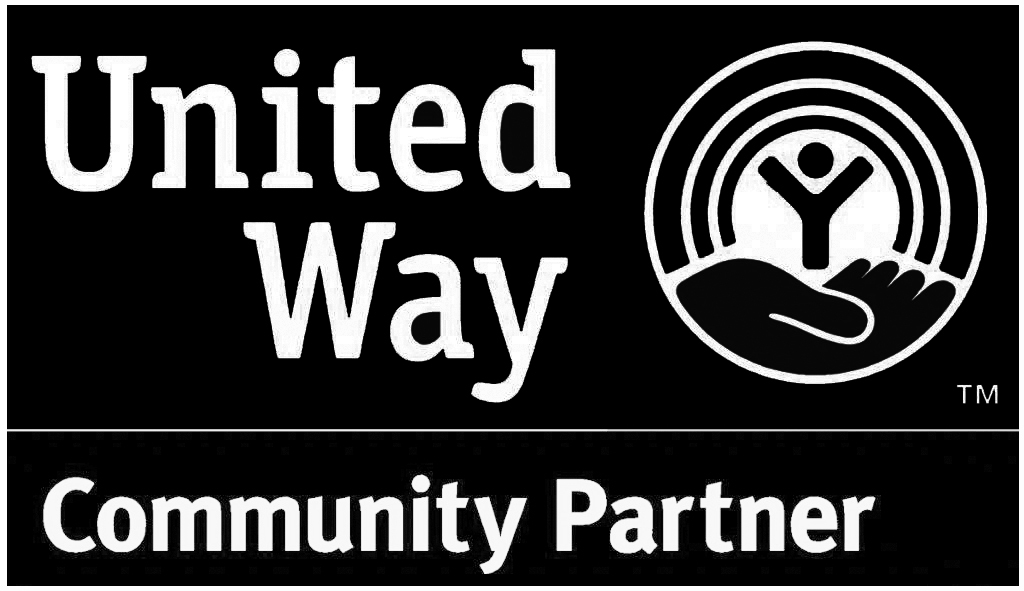Graduate students bring energy, ideas to OMRF labs
OMRF is not a university. But right there, in our articles of incorporation, the founders made clear that educating and training the next generation of biomedical scientists would be central to our identity: Listed prominently among the new foundation’s goals were “to foster and encourage education and learning in the medical sciences” and “to train persons for the conduct of [medical] investigations
and research.”
Today, OMRF remains true to those aims, and nowhere is it more evident than in the 50 or so graduate students who are training in OMRF labs at any given time.
“Training the next generation of scientists is so foundational at OMRF that we made it one of our official values” – as part of last year’s foundation-wide mission, vision, values exercise – notes Vice President of Research Courtney Griffin.
In her own lab, Courtney has mentored a half-dozen grad students, and she says it’s one of her favorite parts of her job. “I absolutely love watching these young people grow in their careers and their confidence. Their ideas and hard work inevitably push our labs in new and exciting directions.”
Nearly all of OMRF’s grad students are working to obtain a Ph.D. at the University of Oklahoma Health Sciences Center, and a handful are also earning M.D. degrees. Through a longstanding agreement with OUHSC, OMRF pays the tuition of each student who chooses to do their graduate training at OMRF.
So, how do those students pick OMRF?
Grad students spend their first year absorbed in coursework at OUHSC. They also do six short rotations to choose a lab where they’ll spend the balance of their graduate school careers, usually another four or five years. That’s the time it takes to complete the research that will make up their dissertation, which they write under the mentorship of the scientist who leads the lab.
Nearly every principal investigator at OMRF also has an appointment as an adjunct faculty member at OUHSC, so their labs are among the ones first-year grad students rotate through. And in a typical year, roughly one-third of the students select an OMRF mentor.
That’s what happened with Jeff Schoen. He said his decision to do his graduate work in the lab of Susannah Rankin came down to his rotation experience, along with Susannah’s track record for mentorship and for helping students get high-impact papers published.
“Of all my rotations, Susannah had the highest expectations for my technical capabilities and my ownership of the project,” says Jeff. Now in his fifth year in Susannah’s lab, he studies how chromosomes are duplicated and packaged during cell division.
For Samah Houmam, her path to OMRF was more circuitous. An M.D./Ph.D. student, she began her graduate work studying Alzheimer’s with Heather Rice, who was then a professor at OUHSC. When Heather moved to OMRF in 2023, Samah chose to join her.
Under Heather’s guidance, Samah is now working toward a lifelong dream. “I’ve known since childhood I wanted to do research, but then in high school I fell in love with the brain and with interacting with people,” says Samah. Her ultimate goal is to become a neuropathologist, a physician-scientist who studies tissues to diagnose brain diseases.
Keaton Minor’s journey also started at OUHSC, where he worked as a research technician before pursuing his Ph.D. The Broken Arrow native enjoyed his time across the street, but when it came time to pick a lab for his graduate research, he chose OMRF. “There’s just something different over here,” he says. “It’s a lot more collaborative, and the variety of resources offered to grad students
is incredible.”
As one example, Keaton cited the new Center for Biomedical Data Sciences. “I had no computational background, and for six months I went in every day and learned from them,” he says. “That experience has launched me into everything I work on today.”
Now in his fifth year in Chi Fung Lee’s lab, Keaton studies the role of a particular molecule in heart disease. He hopes to defend his doctoral dissertation by year’s end and then stay in Chi Fung’s lab while working to create a software company that combines heart biology and artificial intelligence. “Exactly what that looks like, I’m not sure,” Keaton says.
“Individually and as a group, grad students bring a spark to OMRF,” says Assistant Director of Scientific Training and Outreach Ashley Cheyney. “They’re excited to be here and committed to growing as scientists.”



